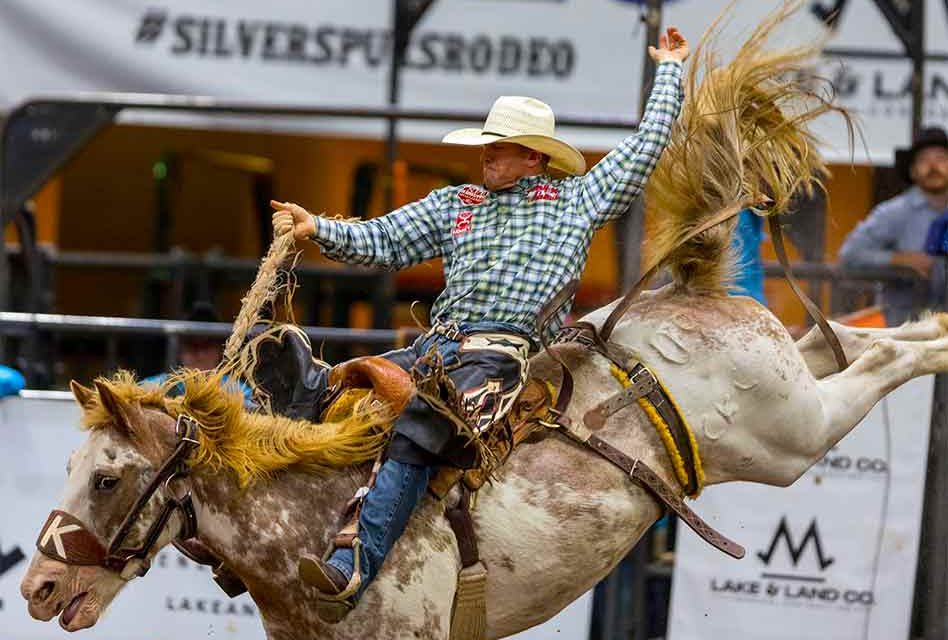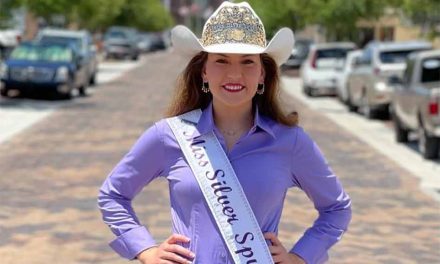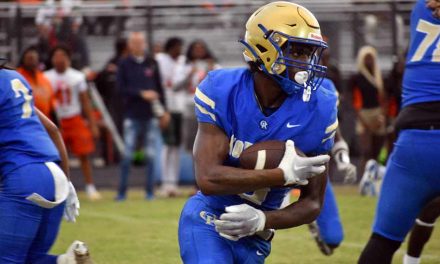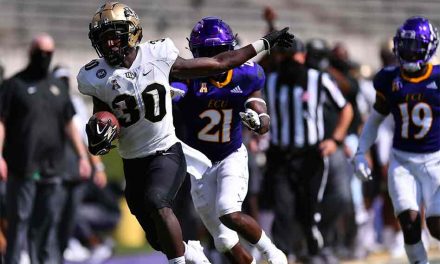Saddle bronc riding is rodeo’s classic event, tracing its roots back to the Old West where cowboys would break and train wild horses to work the cattle ranches. In the rodeo industry, contestants refer to saddle bronc riding as the toughest rodeo event to master because the bronc rider must be synchronized with the movement of the bronc. This is a stark contrast compared to the wilder and less controlled rides you would find in bareback bronc riding.
In both saddle bronc riding and bareback riding, riders must follow a “mark out” rule during their ride. Marking out is where the rider must have both spurs touching the bronc’s shoulders until the bronc’s feet hit the ground after the initial move out of the chute. If the rider forgets to make his mark or pulls his legs in before the bronc’s feet hit the ground, he will be disqualified.
Unlike bareback riding, where the rider has a riggin’ to hold on, the saddle bronc rider only has a thick rein attached to the bronc’s halter to hold on to during his ride. While sitting securely in his saddle, the contestant will have one hand holding the rein and the other up in the air. If at any point the cowboy’s free hand touches the bronc or his own body, he will be disqualified.
Like bull riding and bareback riding, both the performance of the rider and the bronc are judged to make the final score out of a possible 100 points. While the saddle bronc rider keeps one hand on the rein and one hand in the air, the judges will look at his control of the bronc, his spurring action, and if he’s able to keep his toes pointed outward. For the bronc, the judges will consider the bronc’s bucking ability and if the ride is smooth and rhythmic.
Save time in line… get your tickets for the 149th Silver Spurs Rodeo in Kissimmee here now!

















